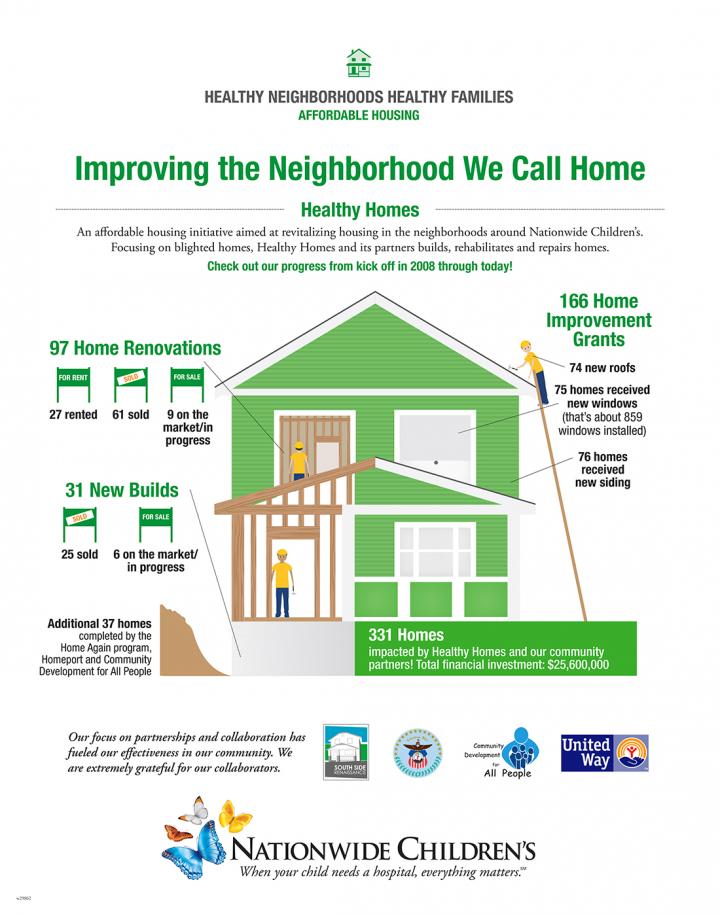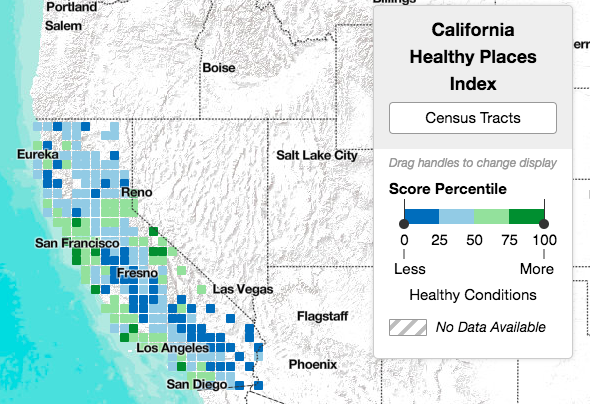Housing for health: Nationwide Children's Hospital presents a case study for treating a neighborhood as a patient
/"Neighborhood effect syndrome, characterized by symptoms of extreme poverty including blight, housing insecurity, racial segregation, trauma, violence, poorly performing schools, low social cohesion and support and environmental toxins, has debilitating consequences on child health. Health care providers frequently encounter challenges to caring for children from affected neighborhoods, and these children often experience poorer outcomes compared to peers in unaffected neighborhoods. Historically, institutions have been largely ineffective in changing these outcomes with one-child-at-a-time tactics.
In a novel approach to improving outcomes for these children, Nationwide Children's leaders with community partners decided to address neighborhood effect syndrome as a target for pediatric health care - treating the neighborhood as a patient. In 2008, Nationwide Children's began collaborating with residents, government entities and social services agencies to develop the Healthy Neighborhoods Healthy Families (HNHF) initiative..."
Read the full press release at EurekAlert and check out the Healthy Neighborhoods Healthy Families resource on Nationwide Children's site.
Read More

